Whether you're
answering hard questions, making impromptu remarks, analyzing a situation, or synthesizing a bunch of data points into a cohesive and convincing presentation, the ability to think and process multiple pieces of information quickly and effectively is a vital skill to have. In our fast-paced and fluid world, you've got to be able to pull out the right piece of knowledge at the right time.
Your working memory is what allows you to do that.
While it was once thought that the capacity of each individual's working memory was something they were simply born with, research from the worlds of cognitive science and psychology are showing that
we can actually train it to become stronger and faster.If you're ready to upgrade your working memory from
"six guinea pig power" to eight cylinder efficacy, today's your lucky day. Below, we provide research-backed advice on how you can boost the potentiality of your working memory in order to become a master of cognition in even high-pressured situations.
What Is Working Memory and Why Is It Important?Whenever we perform tasks that require reasoning, comprehension, and learning, we use our working memory. Our working memory allows us to hold relevant information in our brain while we do something else at the same time. It's a short-term storage tank for thoughts and ideas that you can retrieve at the ready and process, manipulate, organize, and integrate in order to solve a problem, make a decision, find an explanation, reach a conclusion, or figure out possible moves. Think of it as your flexible mental scratch pad.



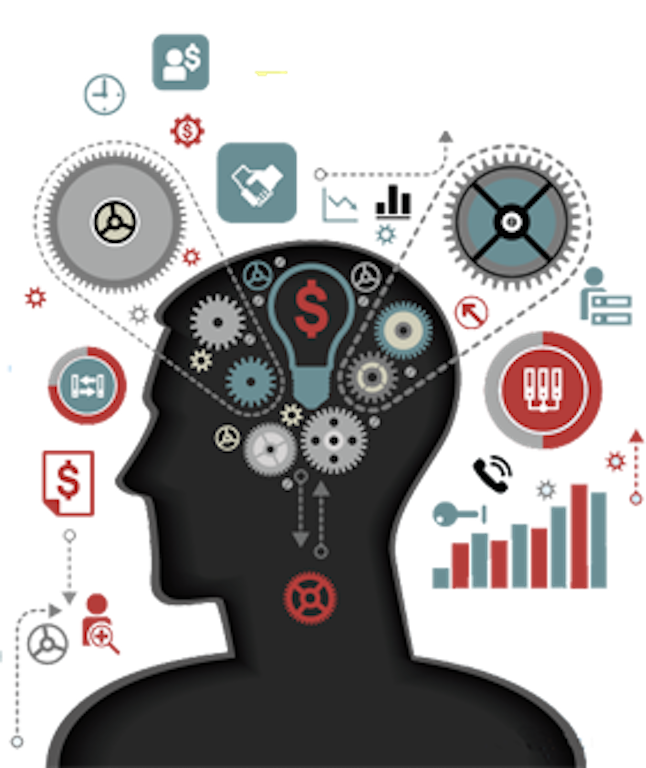

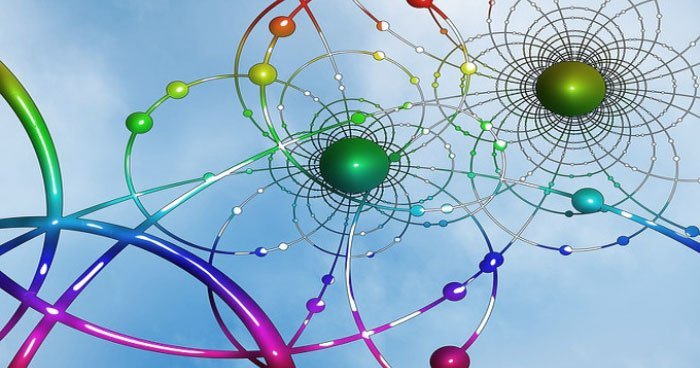
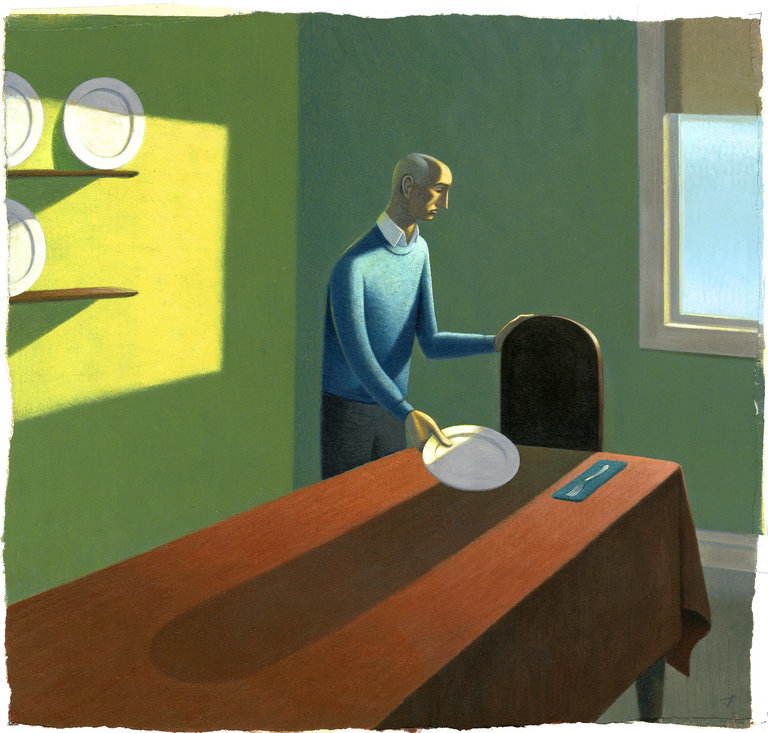
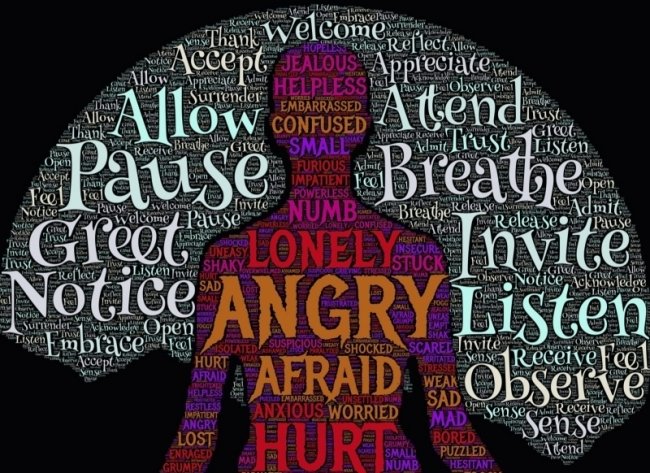

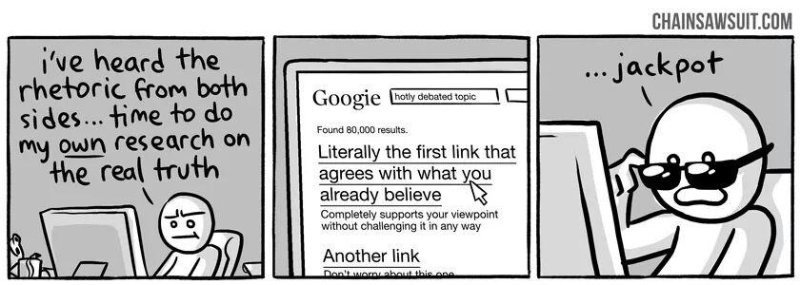



Comment: For a comprehensive and effective meditation programme to reduce stress in both the short-term and long-term, improve physical health and process emotional trauma, visit eiriu-eolas.org.